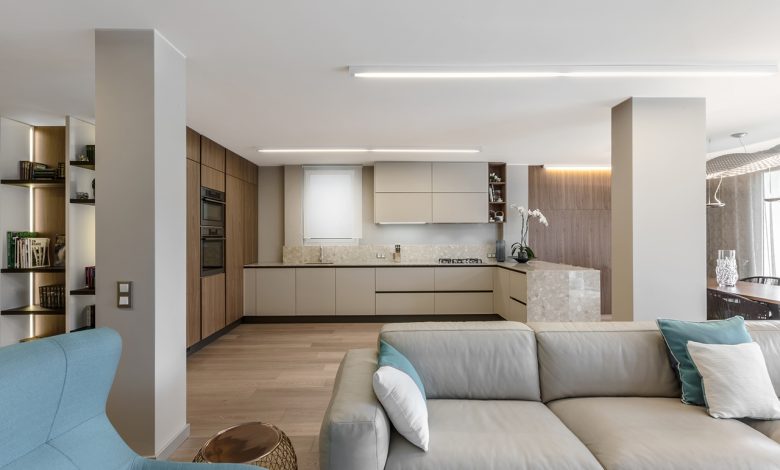
In interior design, the finishing touches often have the most lasting impact. These subtle elements bring cohesion to a space, provide visual interest, and add architectural structure that can completely change how a room feels. Among the most effective of these features are ceiling trims that frame the upper perimeter of a room. From traditional townhouses to modern flats, these additions bring balance and a polished look to interiors. They offer a timeless detail that fits seamlessly with a wide range of aesthetics. Whether you’re updating a heritage home or creating contrast in a minimalist layout, these trims offer versatility and sophistication. Read the full article to discover how architectural enhancements can elevate your space with ease and style.
Elevating Visual Appeal with Subtle Transitions
One of the key benefits of decorative trims is their ability to ease the transition between walls and ceilings. Rather than having an abrupt edge, the space feels smoother and more considered. This added curve or line draws the eye upward, making ceilings appear taller and rooms more spacious. It also introduces a quiet elegance that anchors the space. Whether in a dining room, lounge, hallway, or bedroom, these elements refine the layout and enhance proportion.
Supporting Classic and Contemporary Design
Designers and homeowners alike appreciate the ability to use ceiling trims in a variety of contexts. In classic interiors, detailed motifs bring out the heritage of the property. For contemporary settings, sleek, angular profiles deliver clean lines and subtle definition. The adaptability of the material and profile style allows it to integrate seamlessly across aesthetics, from ornate and vintage to crisp and minimal. When combined with appropriate lighting, flooring, and colour palettes, the result is a cohesive look that feels intentional and timeless.
Framing Interiors with Purpose
Beyond decoration, these architectural features serve to frame the interior. They outline the room like a picture frame, giving shape and structure to even the most open-plan layouts. When matched with skirting boards or ceiling roses, they contribute to a layered and unified style. This is particularly effective in large spaces, where visual direction can help define areas. Even small additions around the ceiling perimeter can help ground the room and create a sense of architectural completeness.
Masking Imperfections While Adding Character
In both new builds and older properties, wall-to-ceiling joins can suffer from uneven surfaces, settlement cracks, or inconsistent paint lines. Trims help to conceal these imperfections while adding interest and depth. In homes with higher ceilings or unique angles, they smooth out transitions and make the space feel more resolved. They also serve as a guide for decorating, offering clean paint edges and opportunities to introduce contrasting tones or textures.
Straightforward Installation for a High-Impact Result
Despite their polished appearance, many ceiling trim options are simple to install. Lightweight, durable materials make it easy to cut and apply trims using adhesive or fasteners. They can be painted to match wall or ceiling tones, or left in neutral finishes for a clean, crisp look. Suitable for DIY or professional installation, they’re a cost-effective way to achieve a refined atmosphere. Once in place, these elements require little upkeep and maintain their visual appeal for years.
For those seeking to introduce structure and timeless elegance into their interiors, Coving London offers a curated selection of high-quality trims that blend traditional craftsmanship with modern versatility, perfect for enhancing any space with subtle yet striking architectural detail.